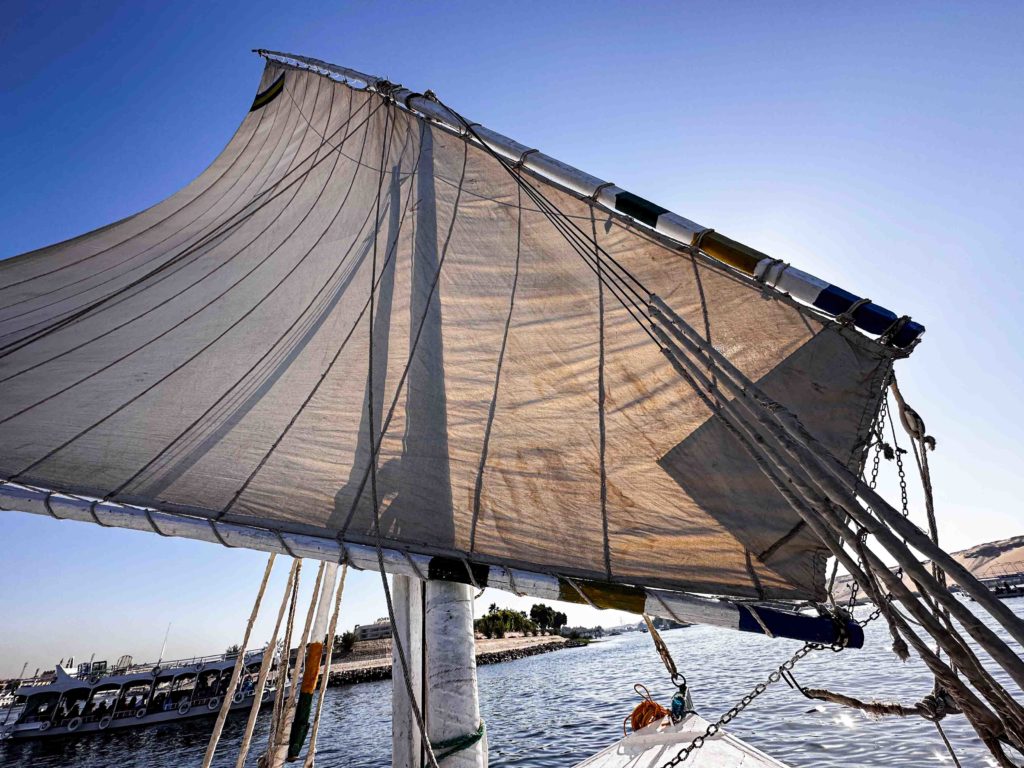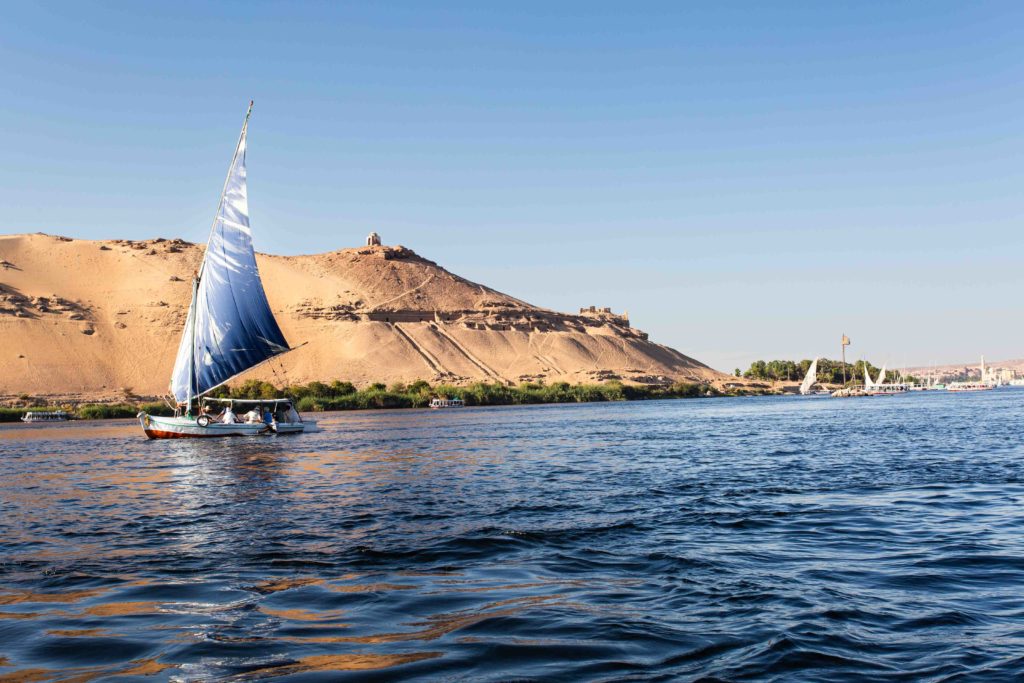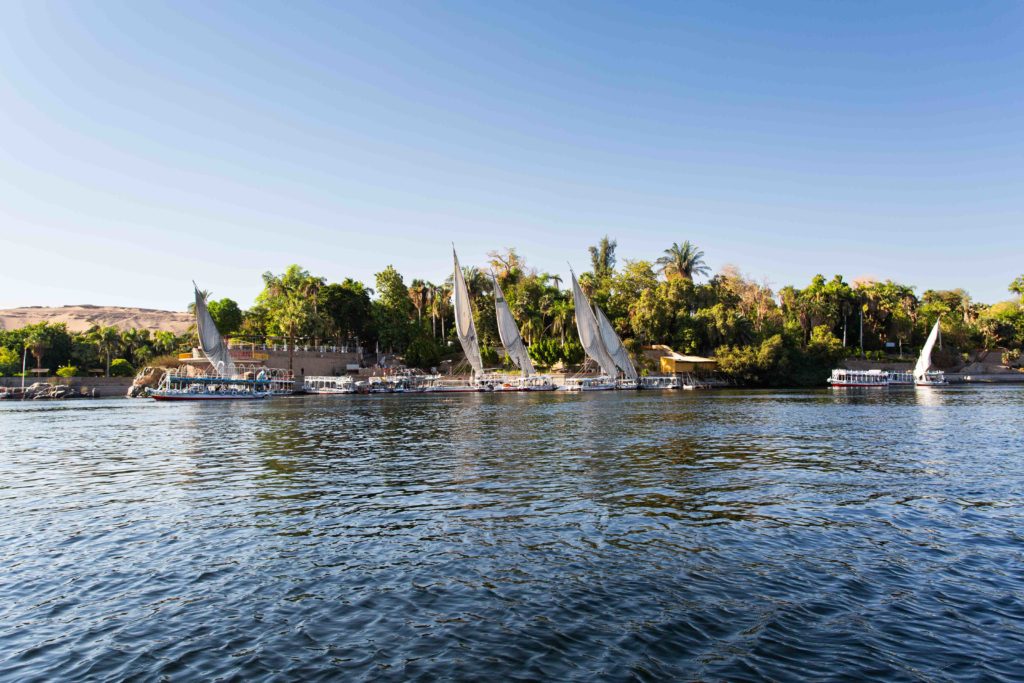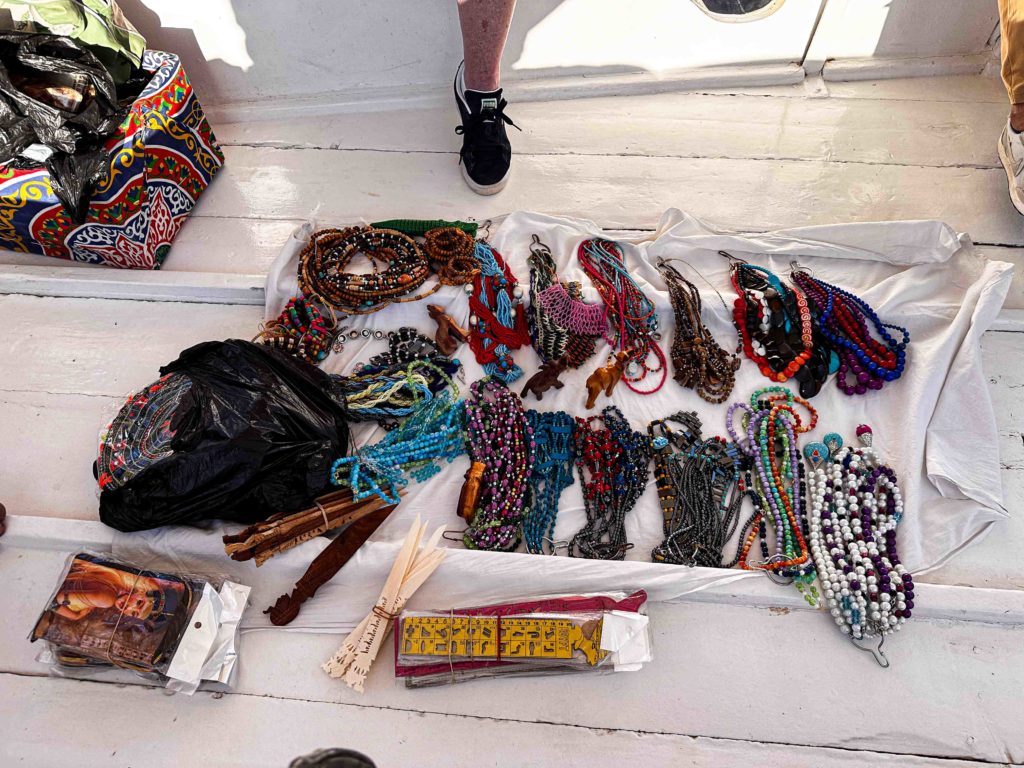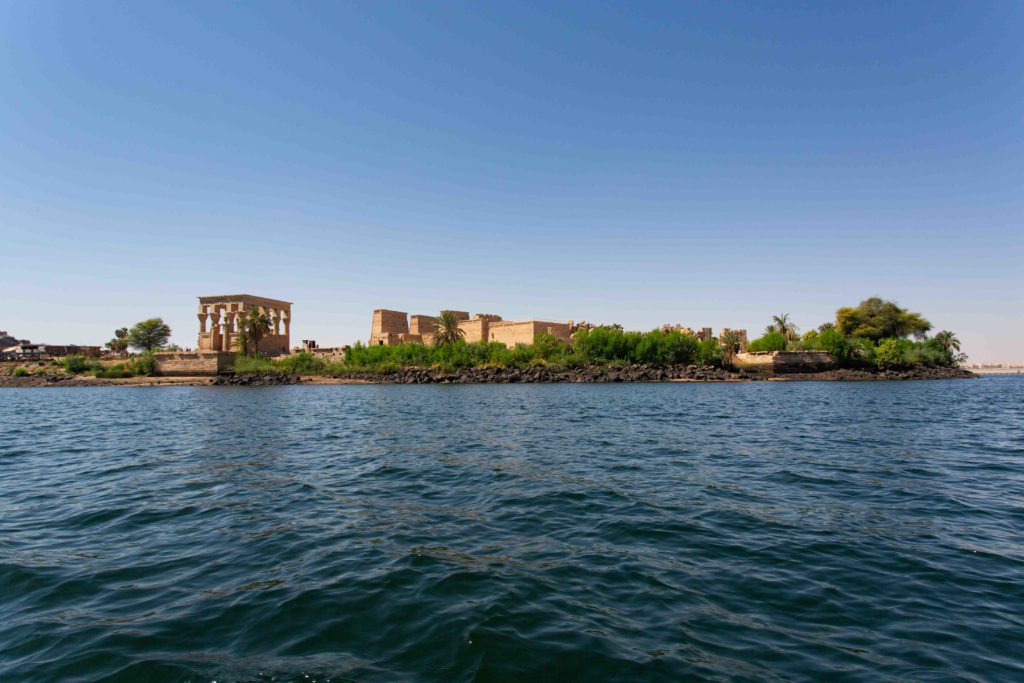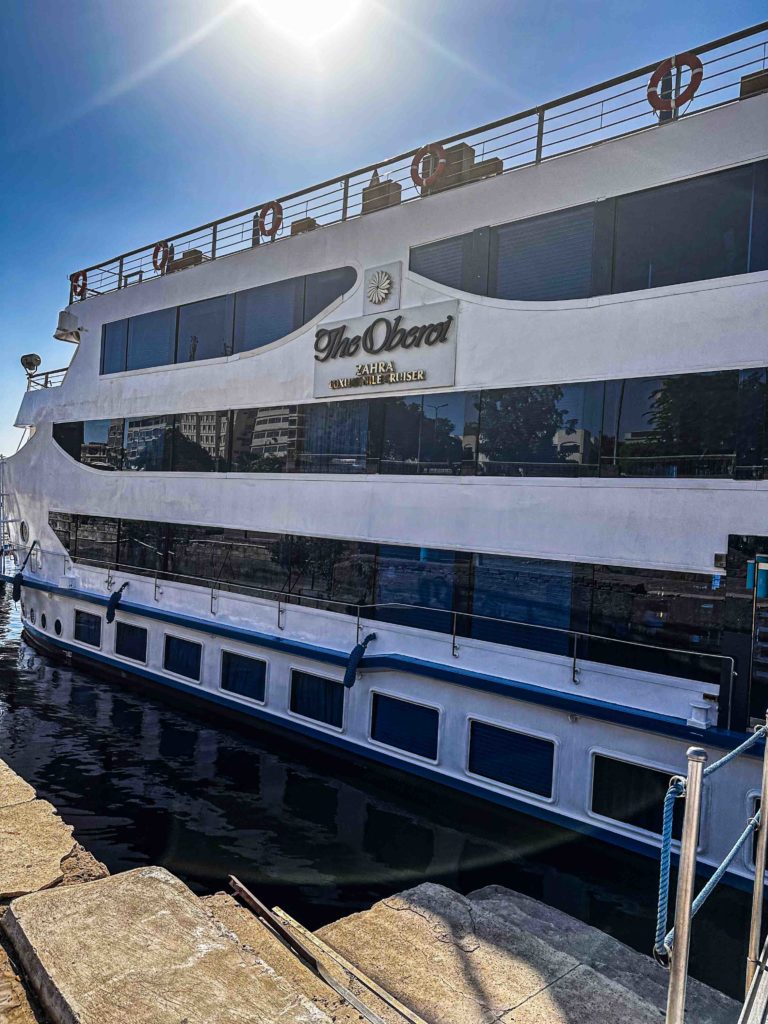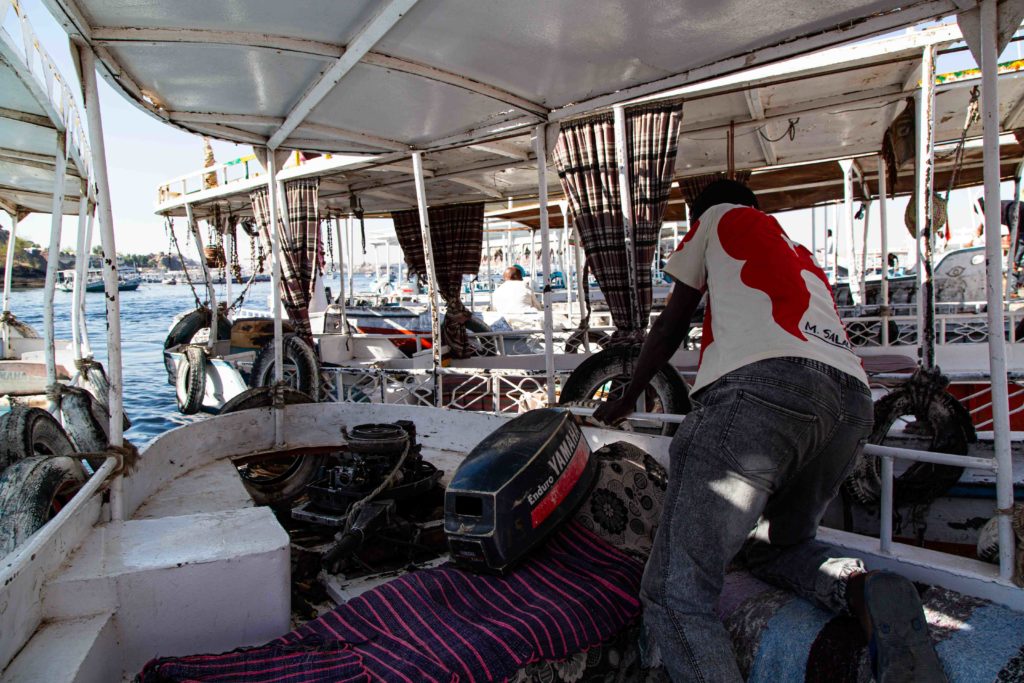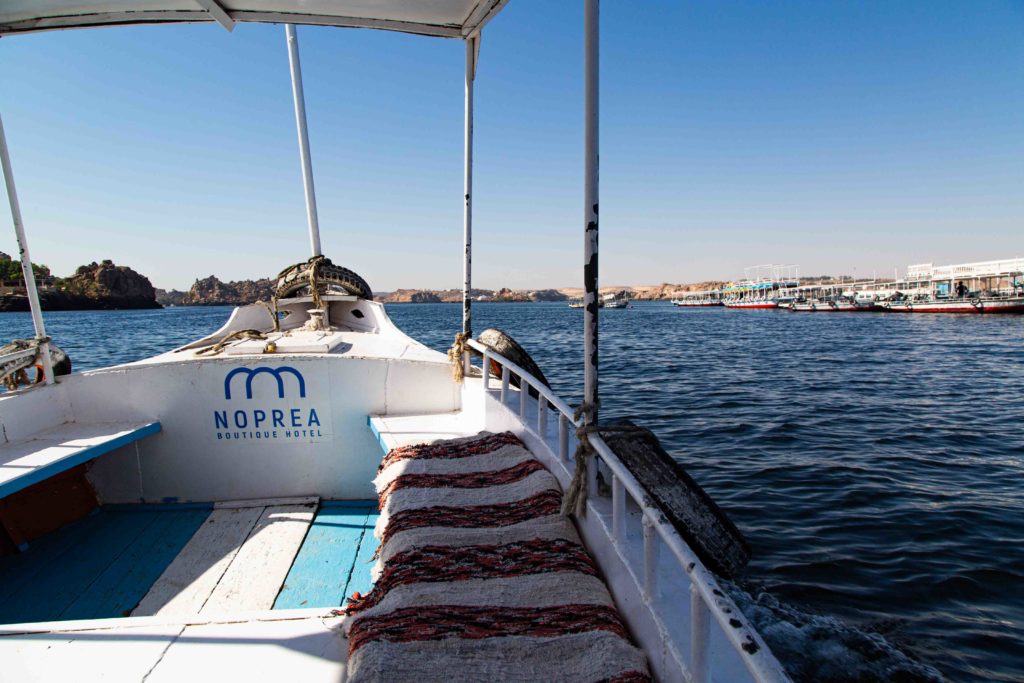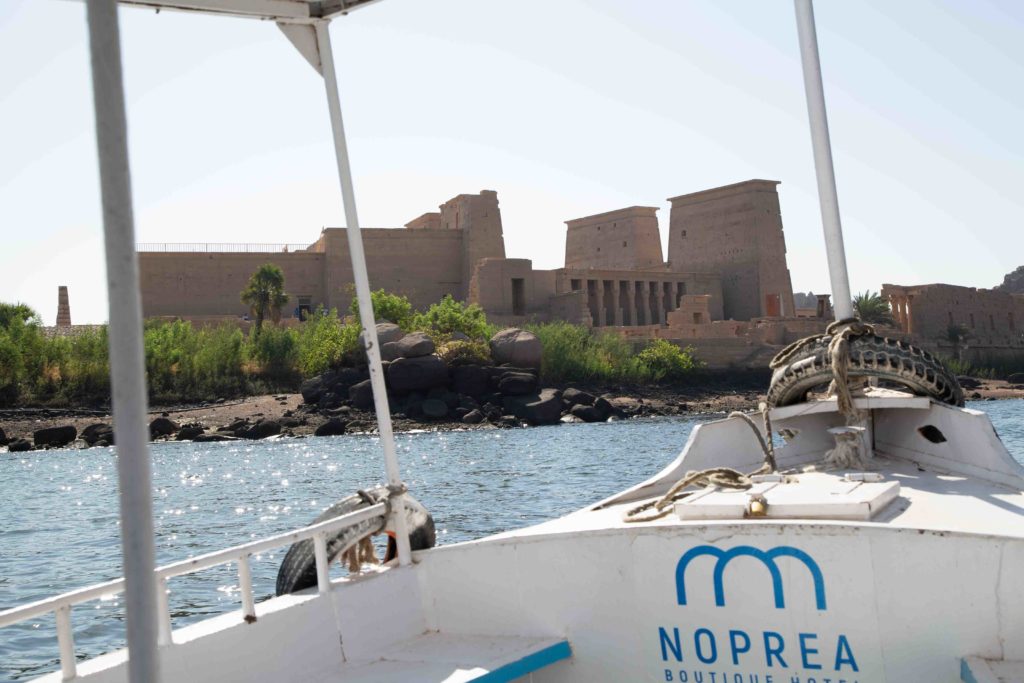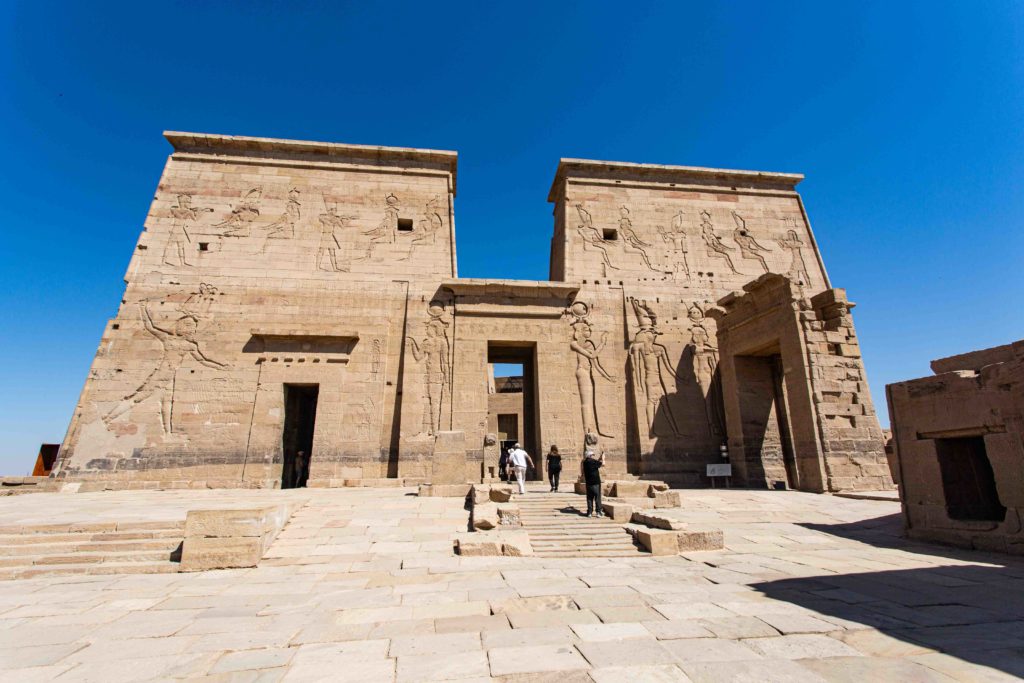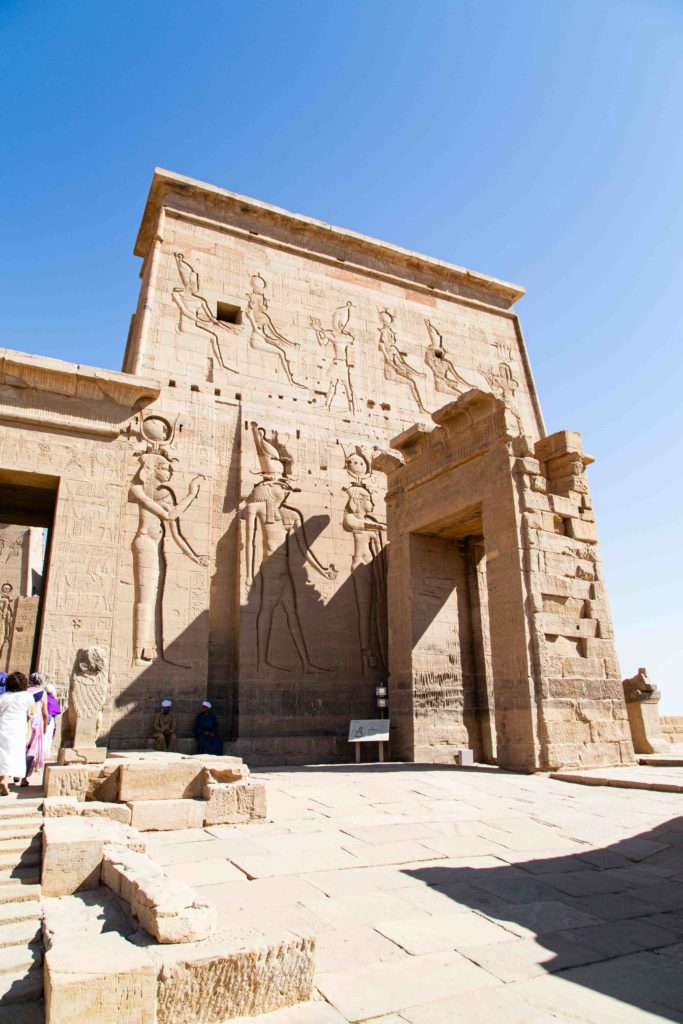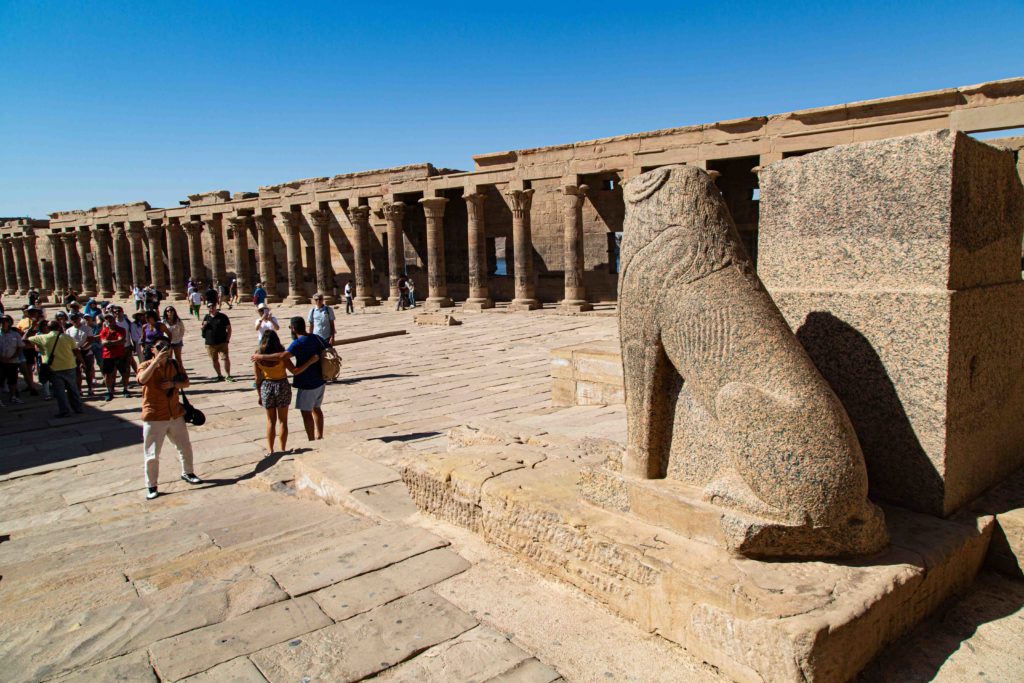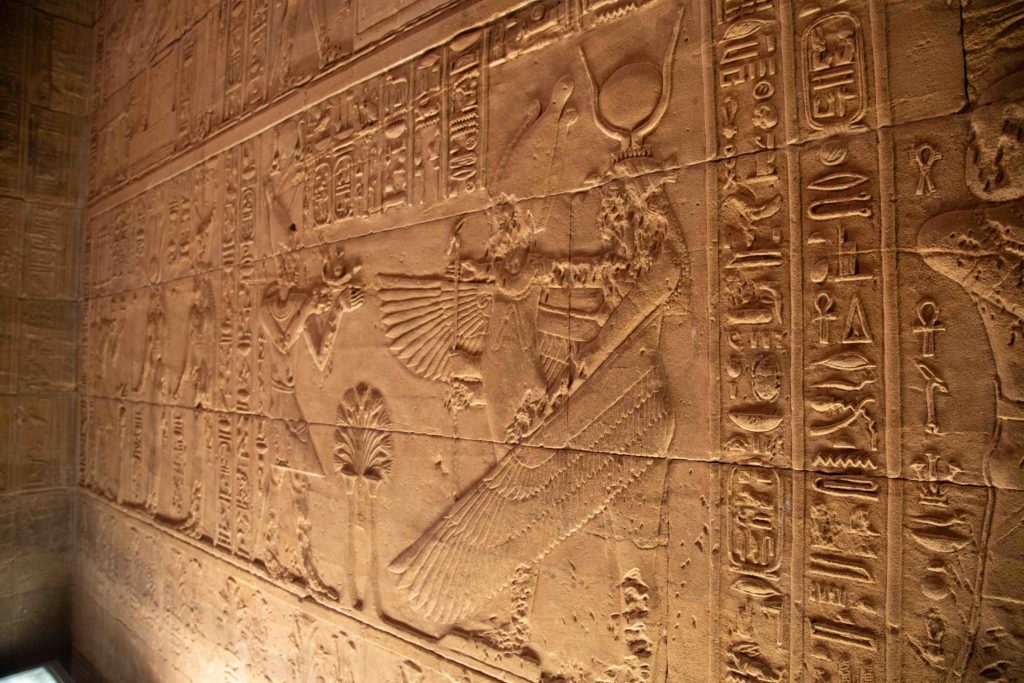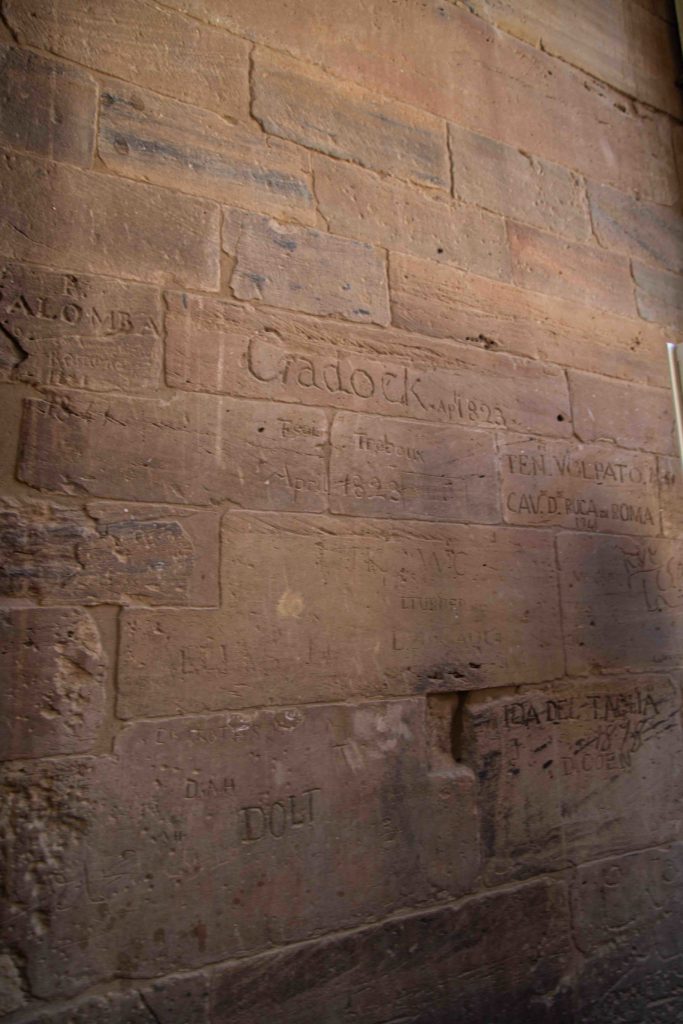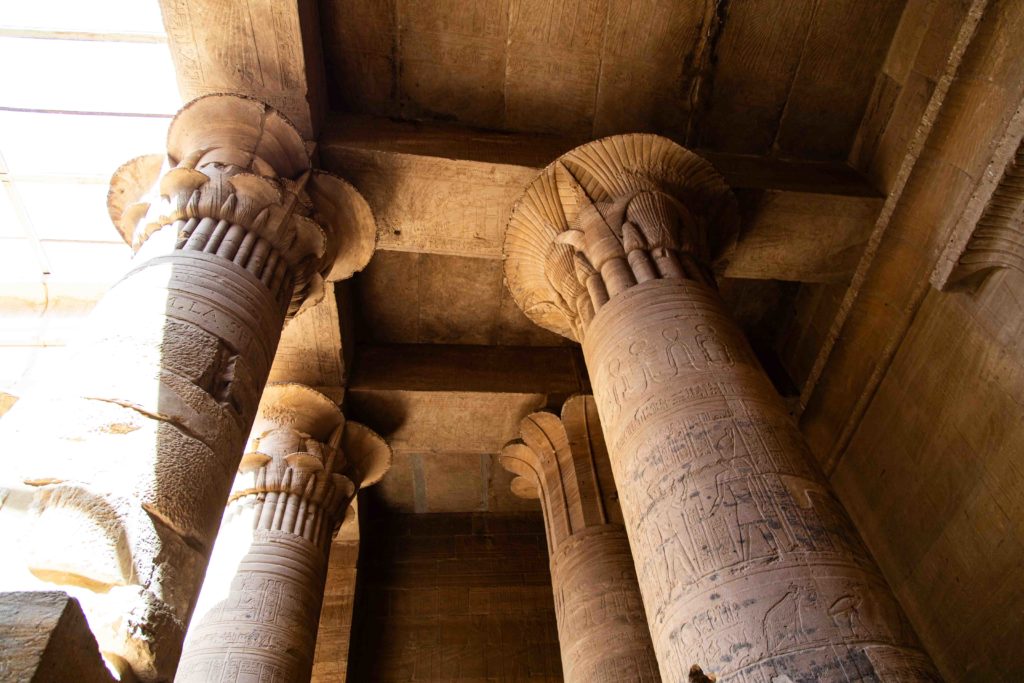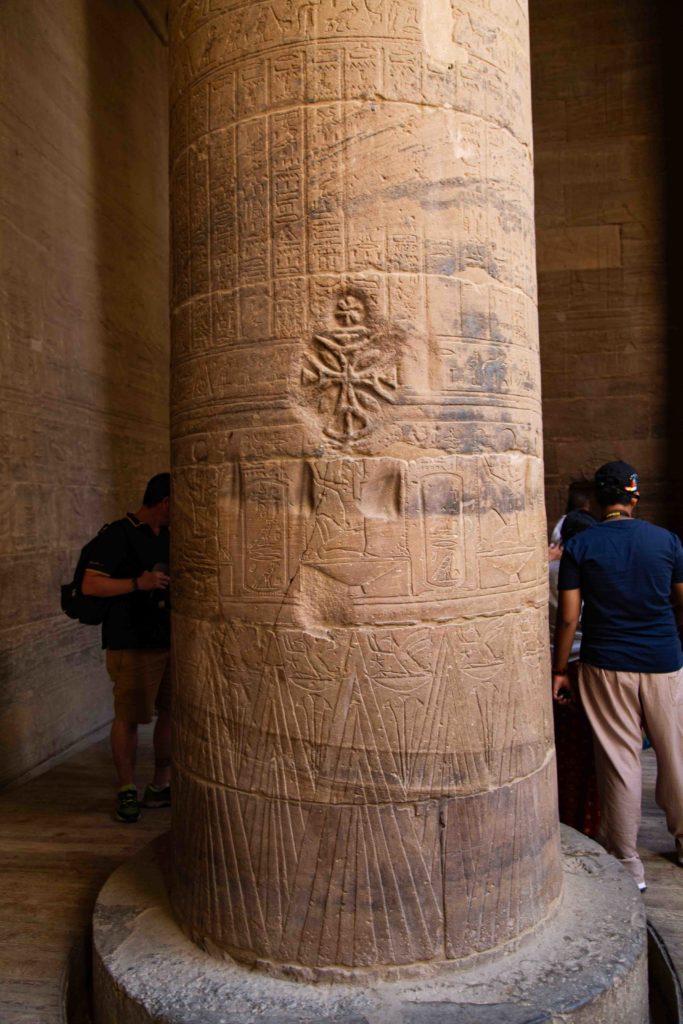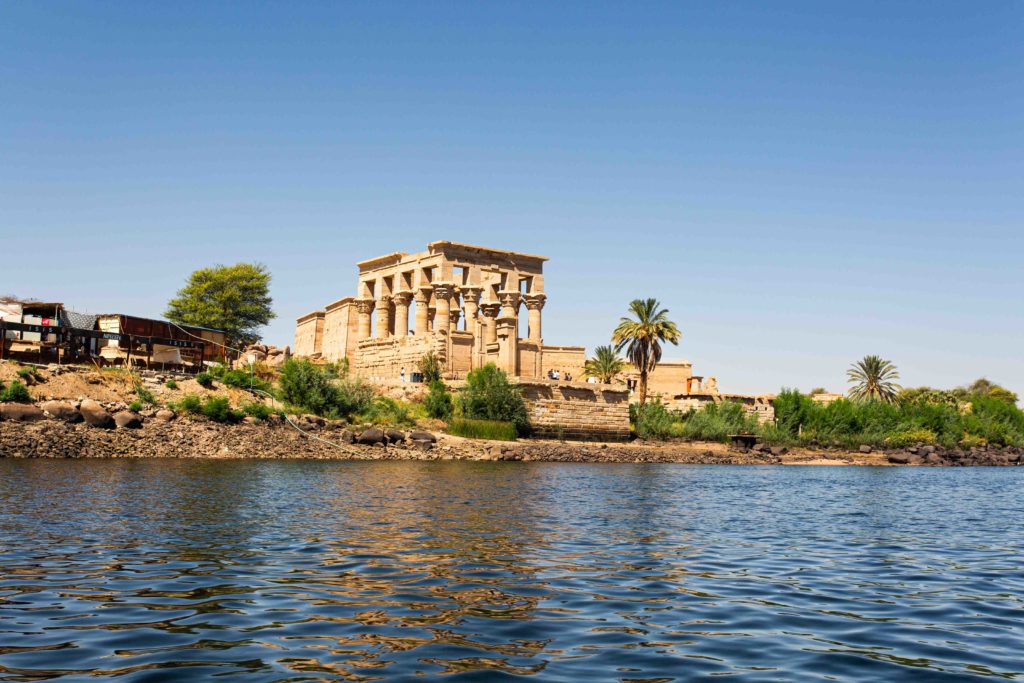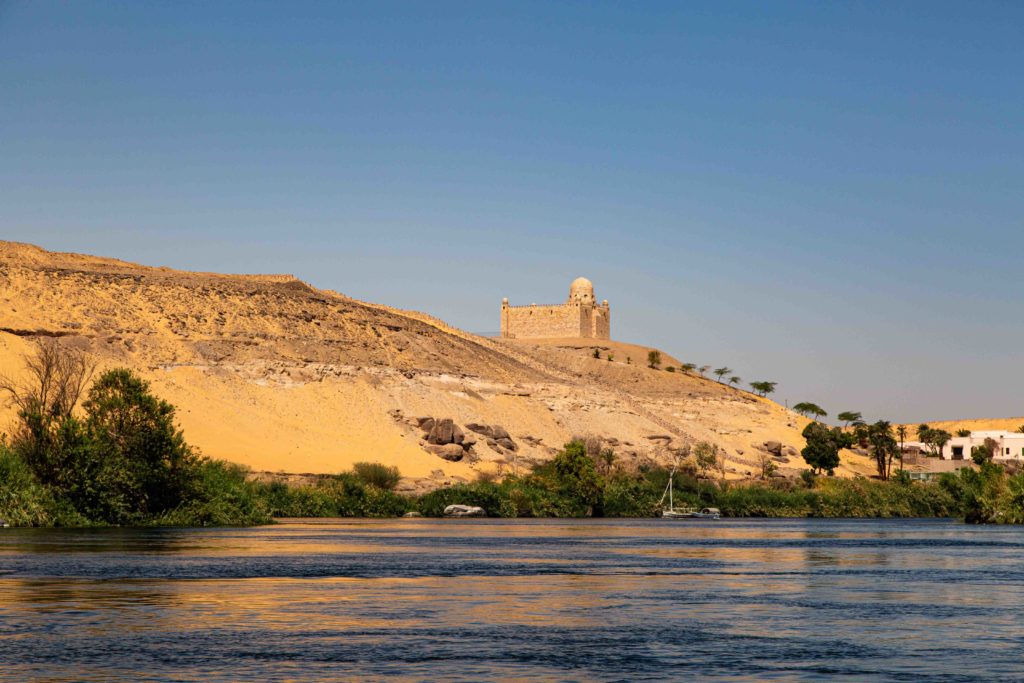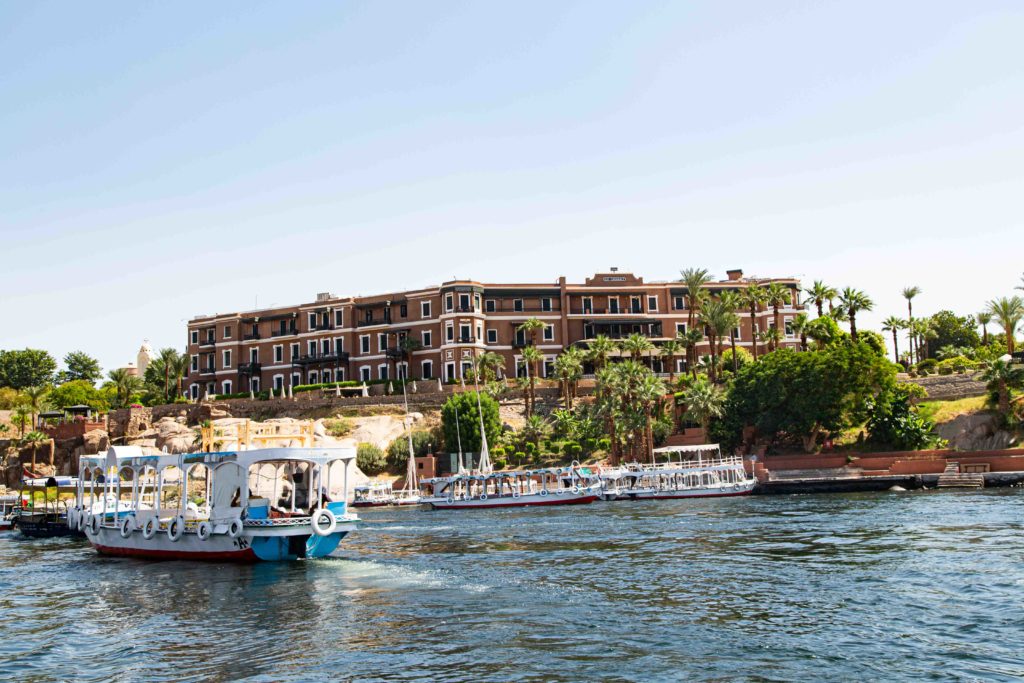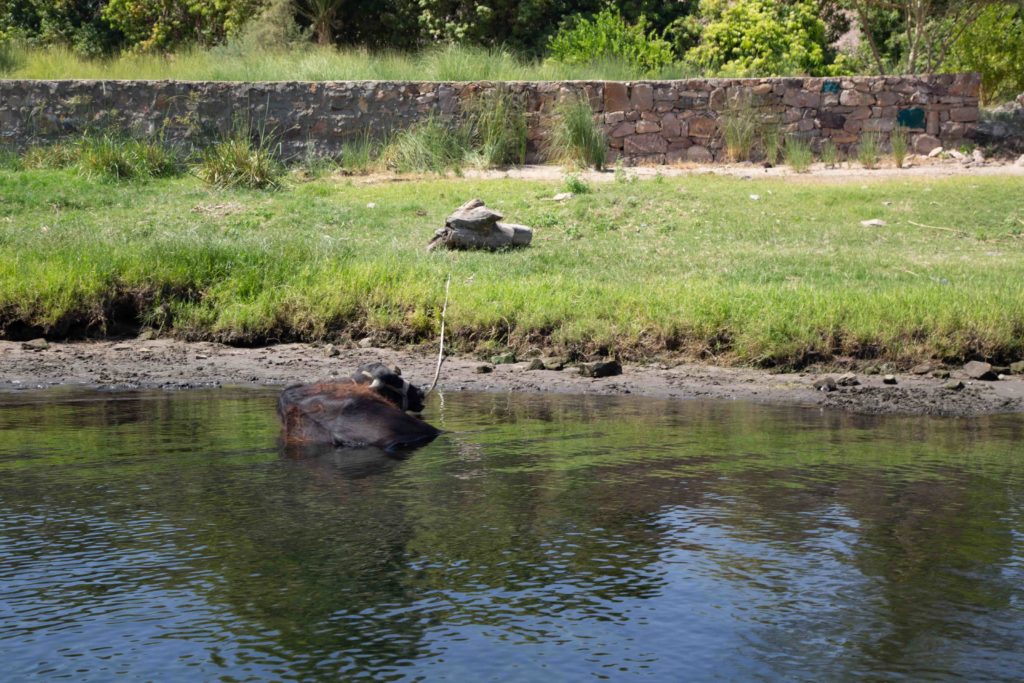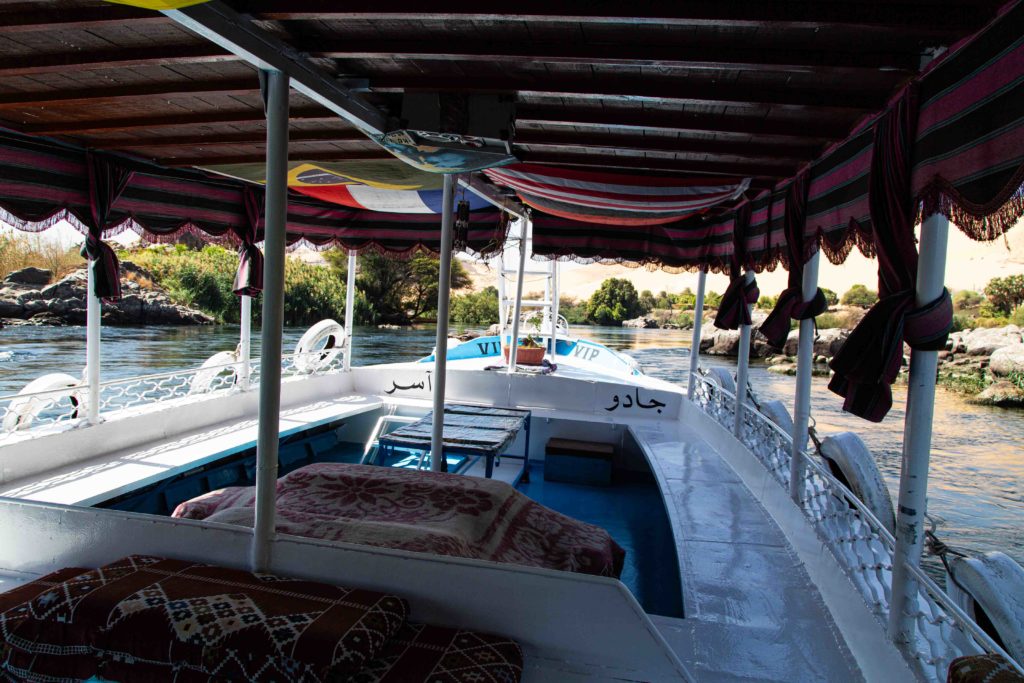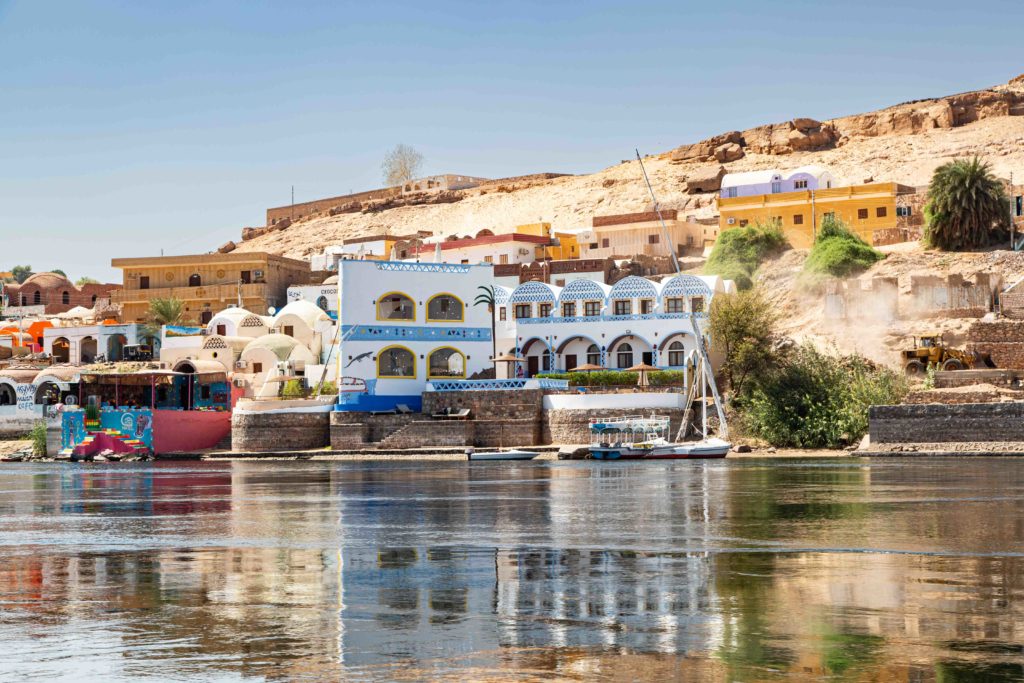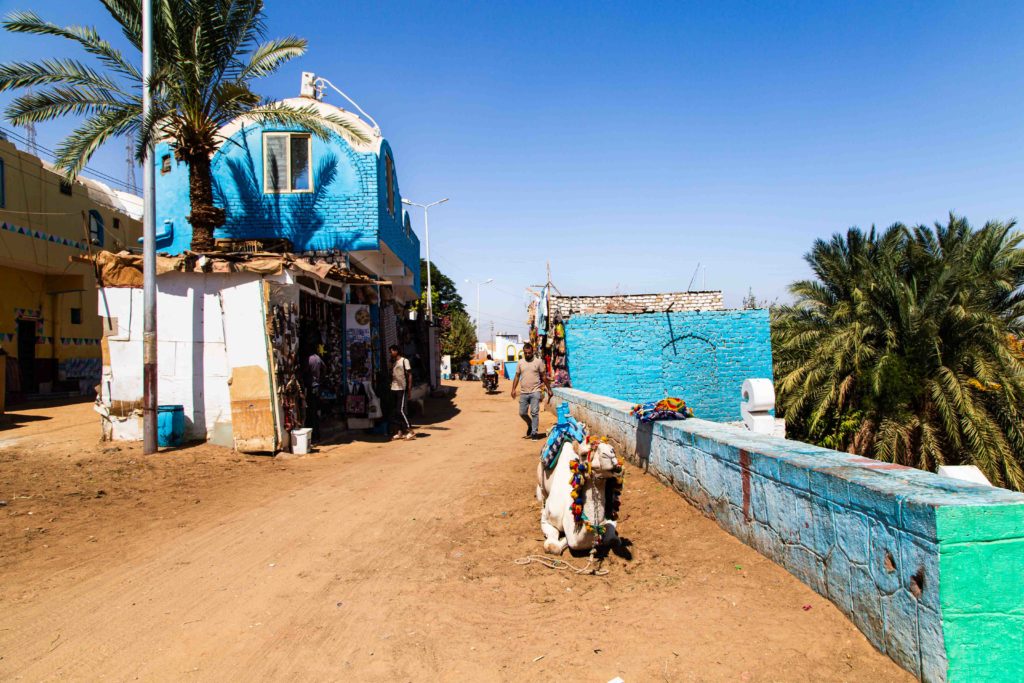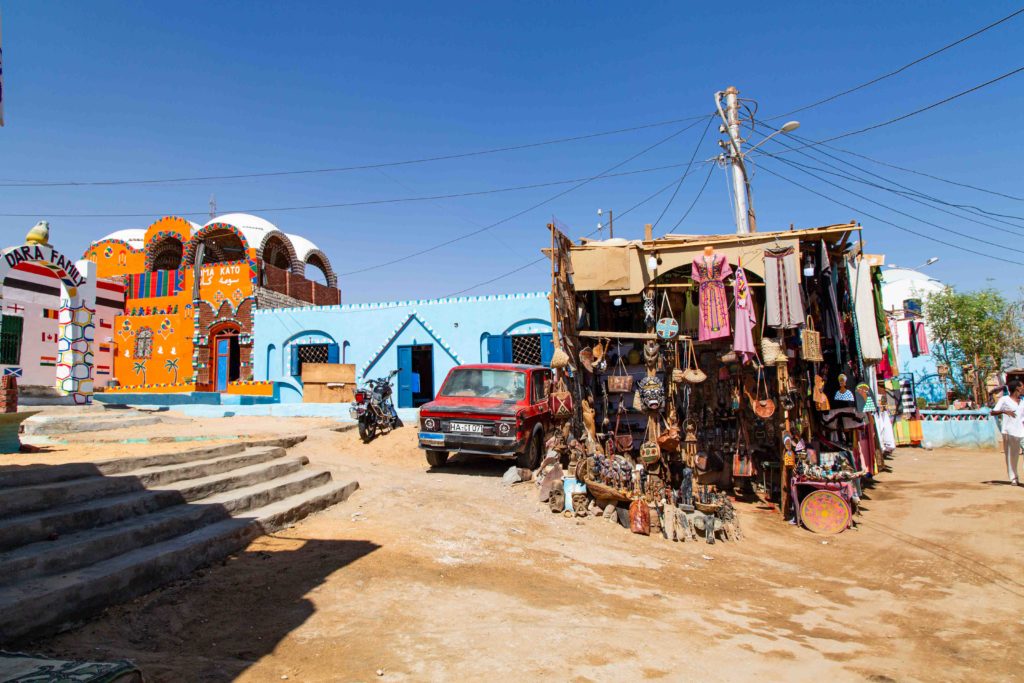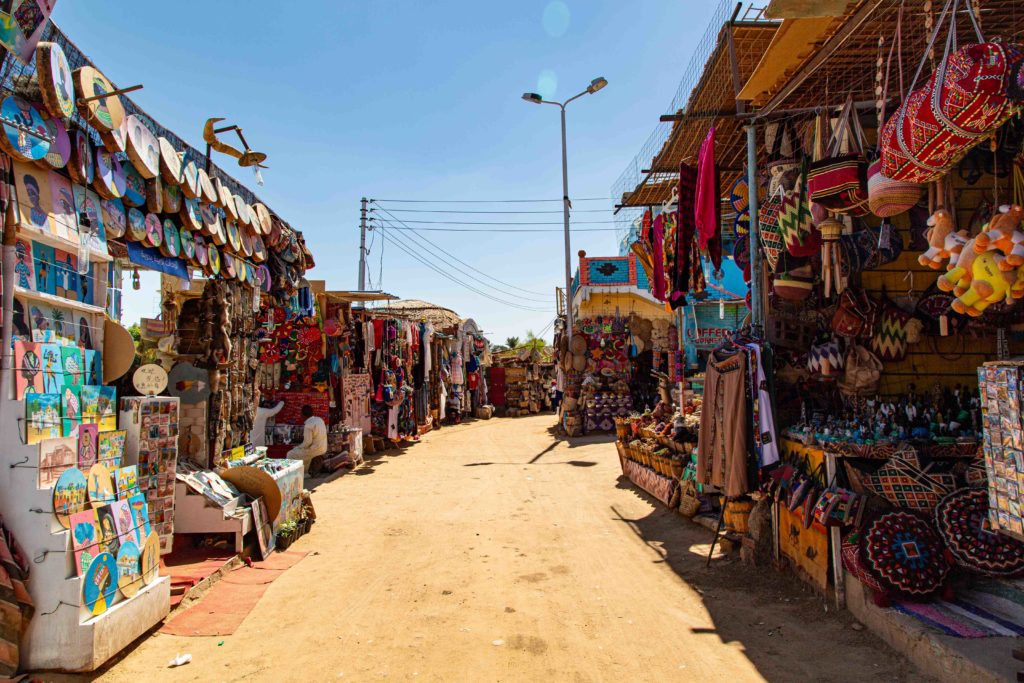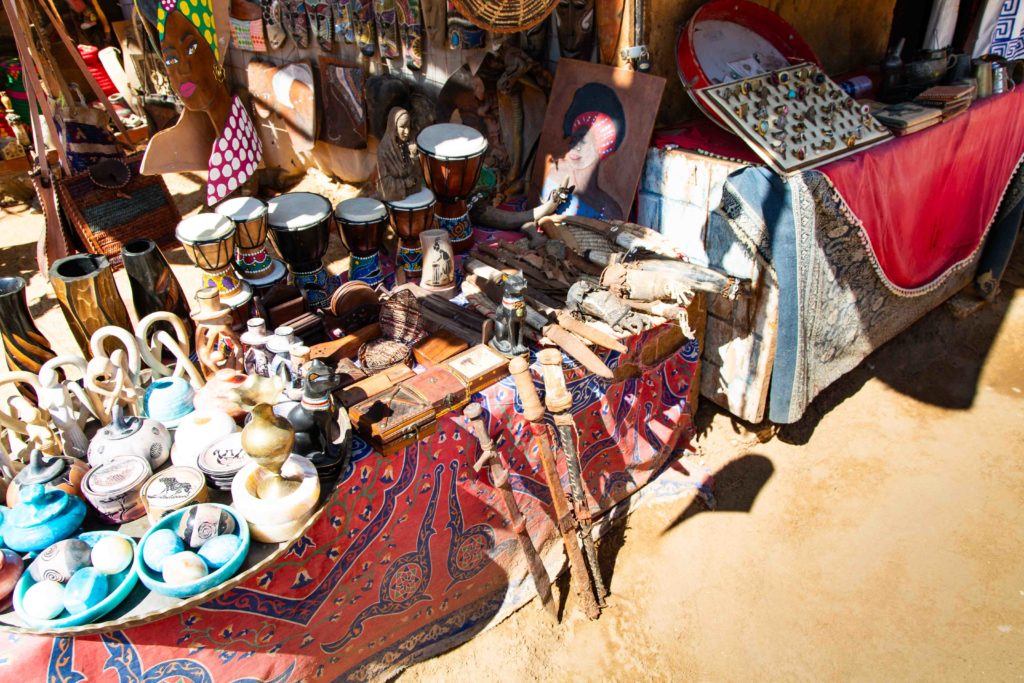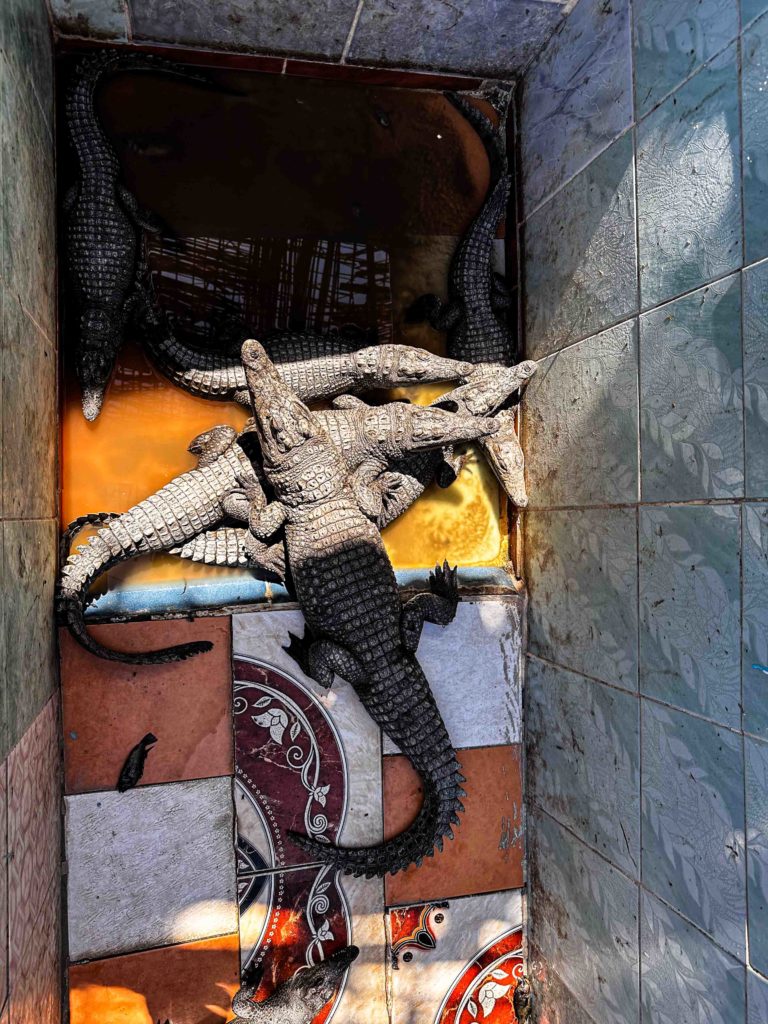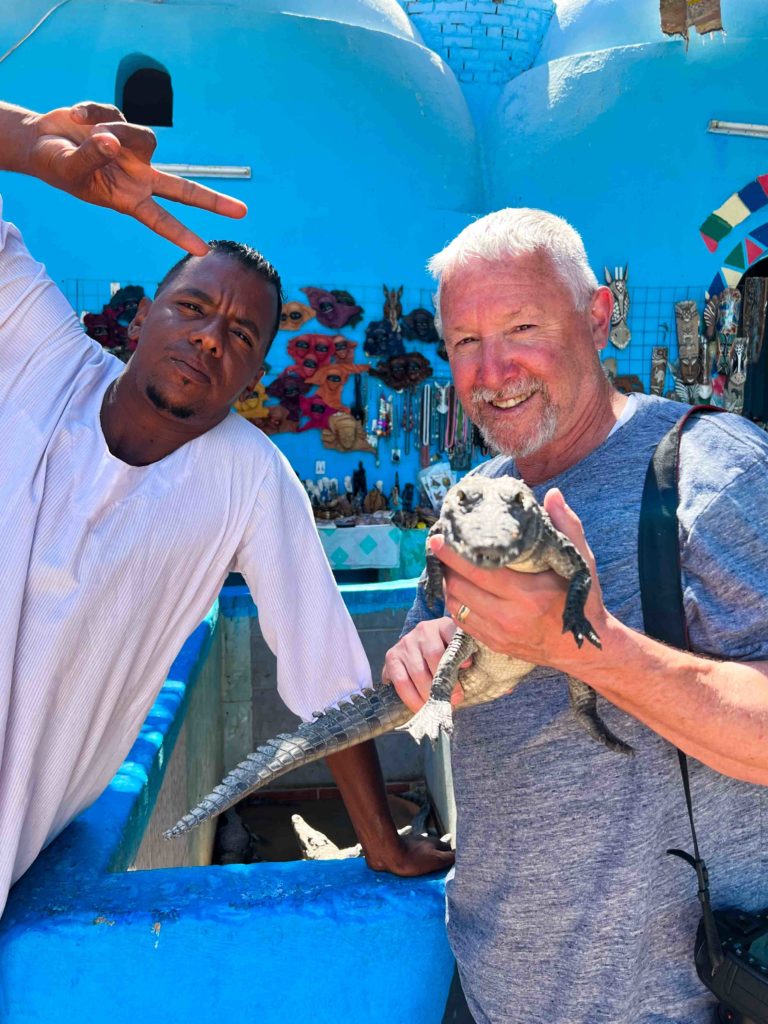
Over time other countries came to rule Egypt, Greece and Rome being the first two after the fall of the Pharaohs. Faced with having to rule this established civilization, the initial greek conquerors decided to embrace Egyptian customs and traditions winning the hearts and minds of the population. Egyptian priests continued the rituals, honoring the gods and, of course, collecting taxes. One areas where the outside influence was felt was in the the construction of new temples, a Greco-Roman style temples were now built for the Egyptian gods. Philae Temple which we visited yesterday is one and our next destination, Temple of Kom Ombo was another. Kom Ombo translates as “Hill Of Gold.”
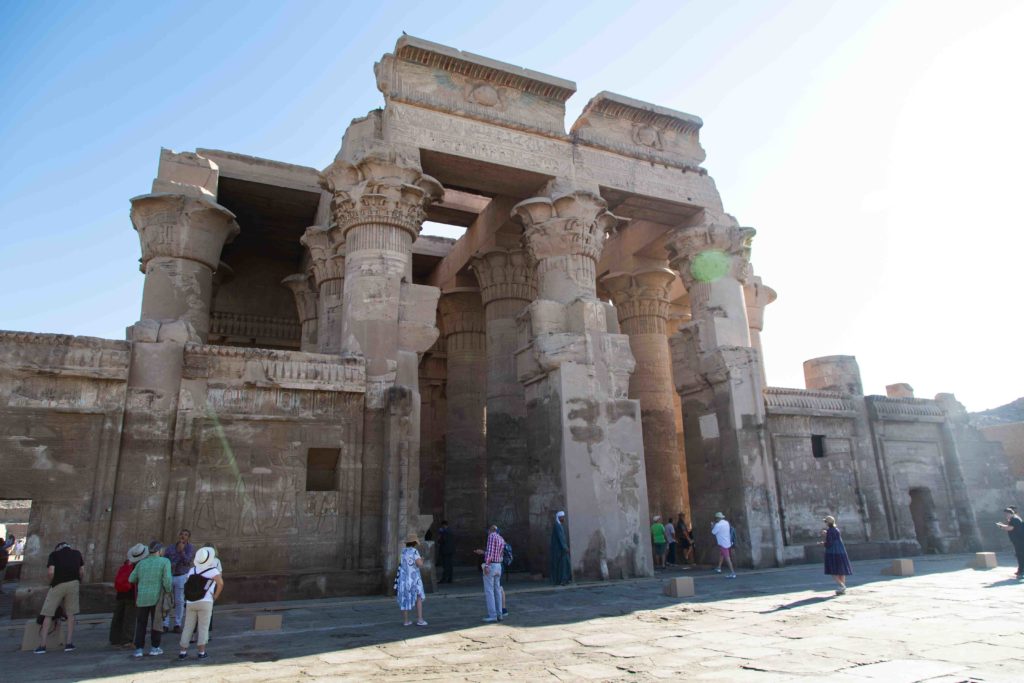
This temple is rather unique, built two honor two gods, the crocodile god Sobek, and the falcon god Haroeris (Horus the Elder) it has a symmetrical design with a set of halls and sanctuaries for each god. The temple has rather magnificent columns, lists of calendar events and how the ritual for each are to be performed and, towards the back, an early illustration of surgical instruments. Here I got my first understanding of how numbers appear in hieroglyphics.
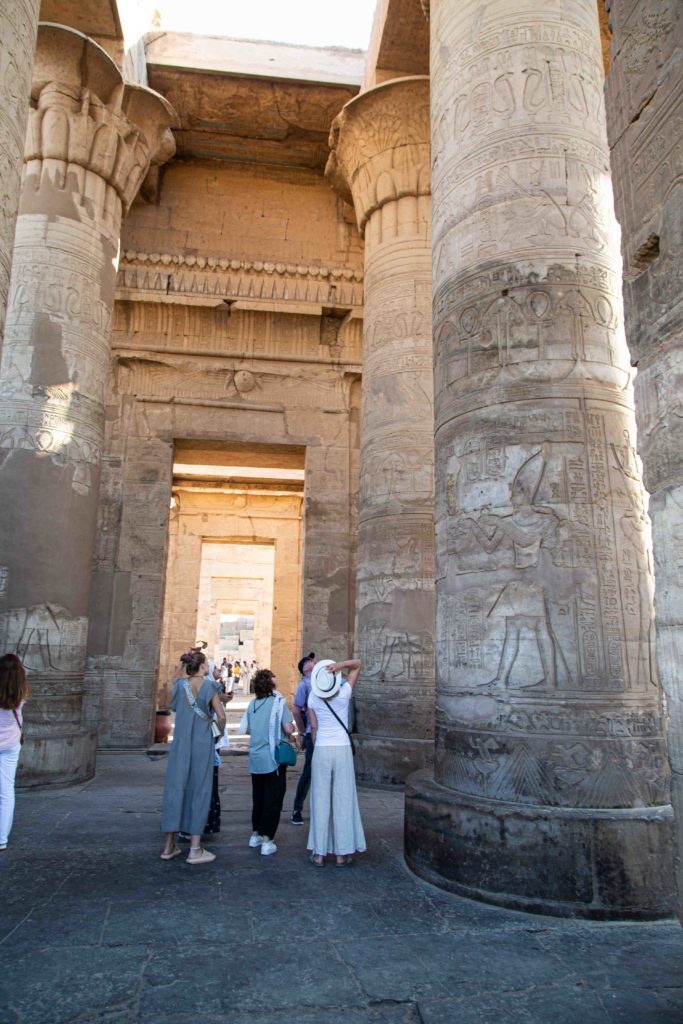
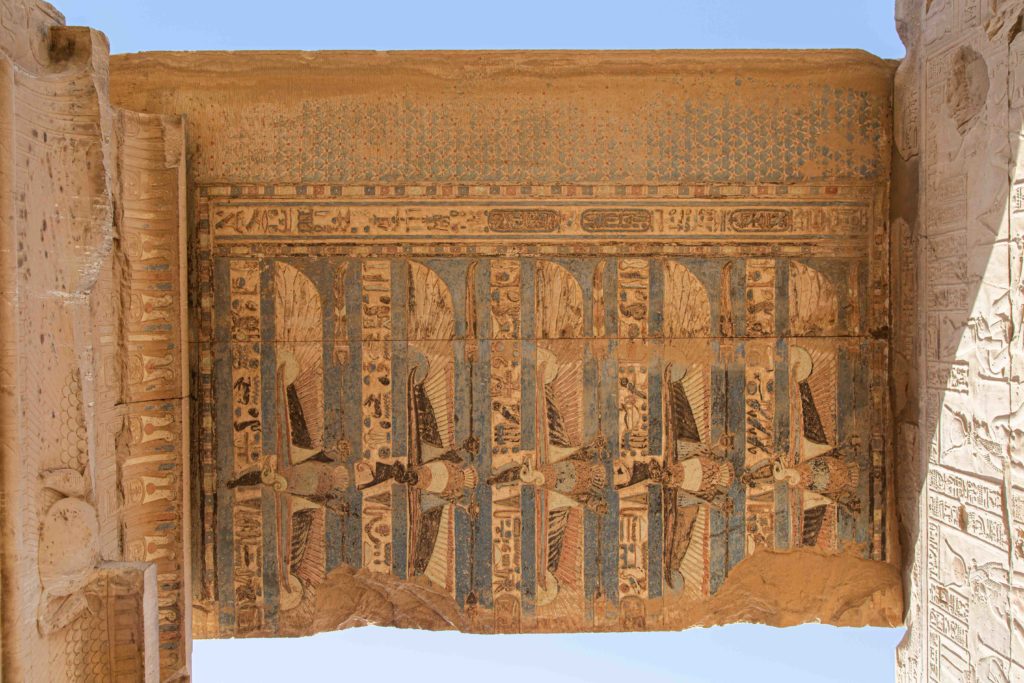

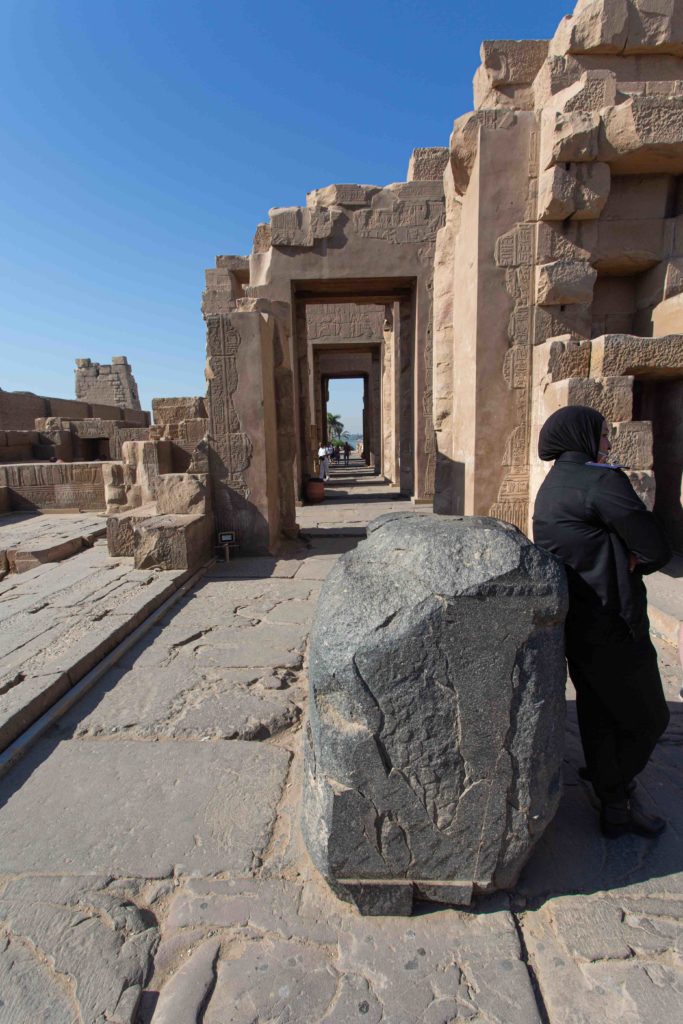
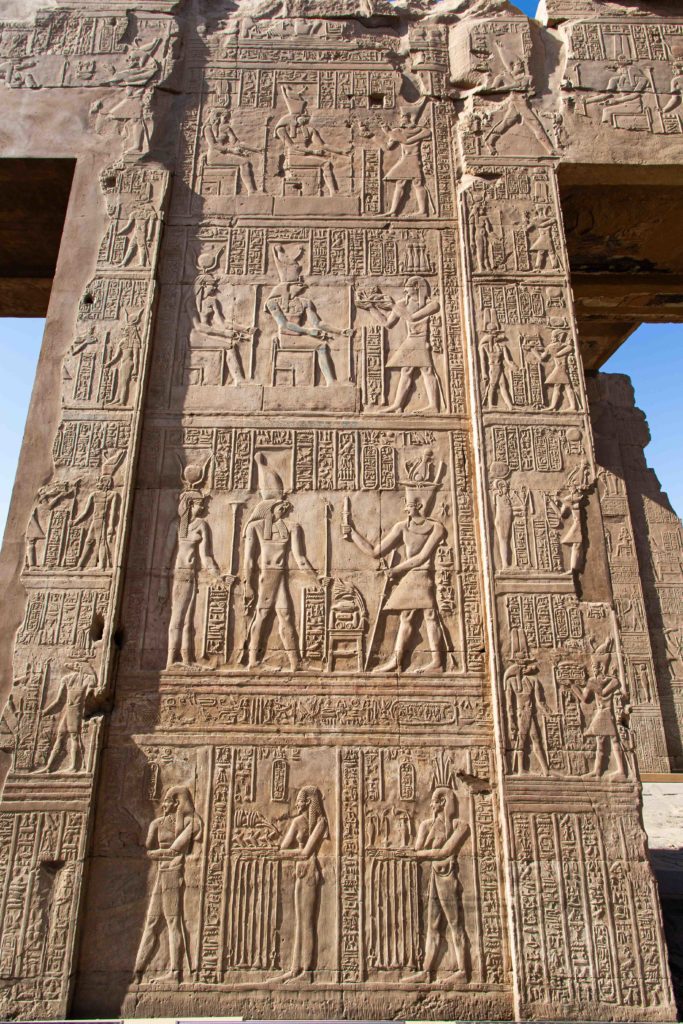
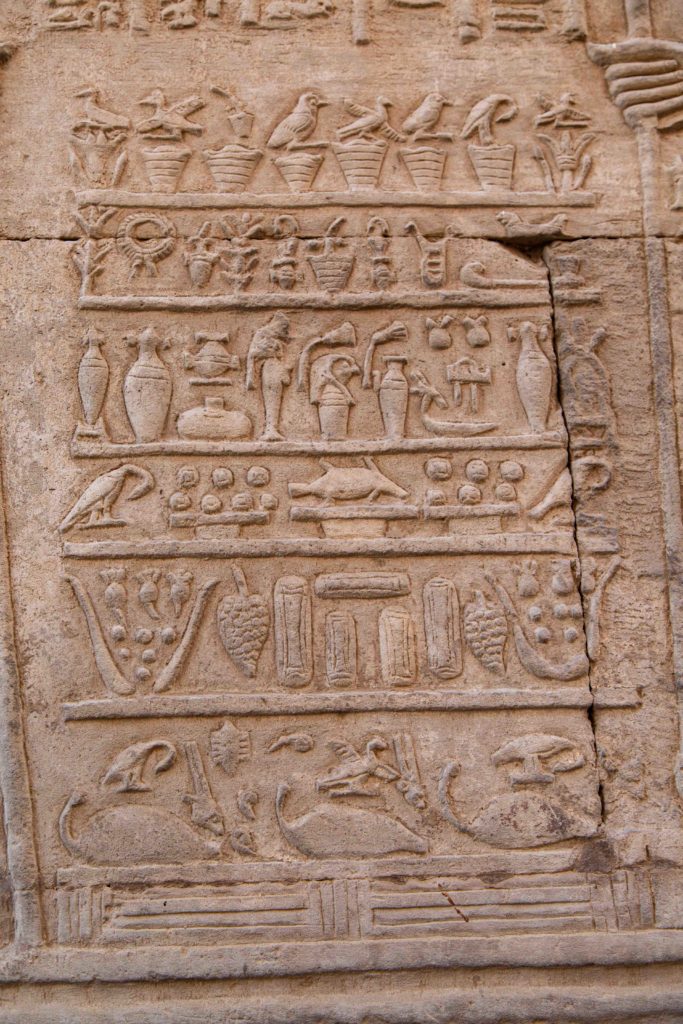


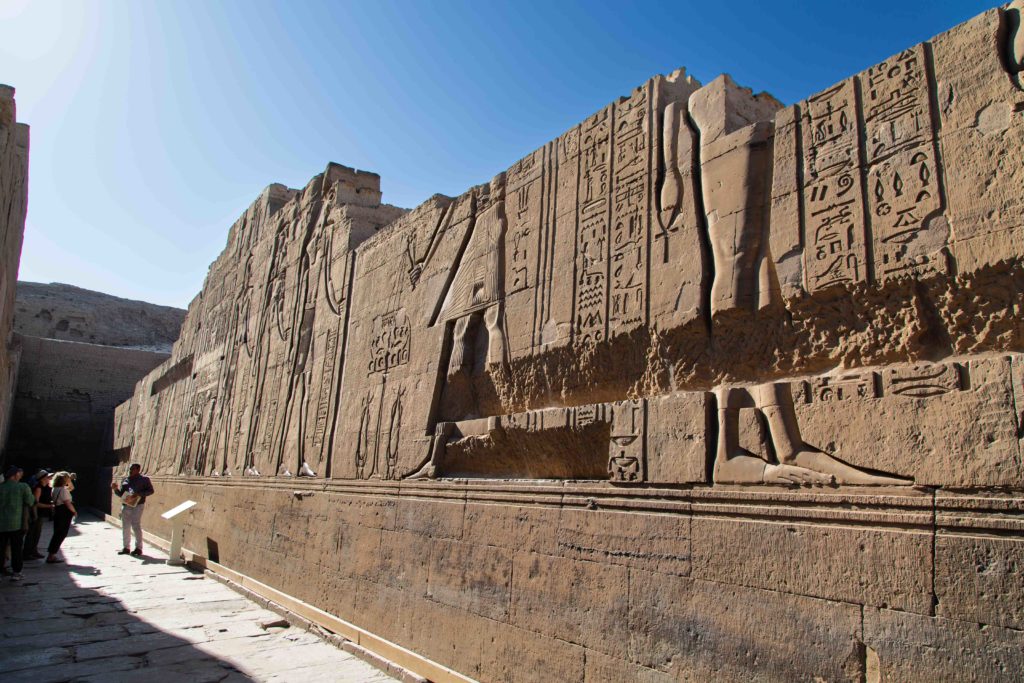
Our guide Mohamed told us that in trying to improve Egypt Pasha Muhammad Ali wanted to build a sugar factory nearby and in need for construction materials parts of Kom Ombo temple were used. Too bad for the temple, however the factory effort succeeded and the nearby factory is one of the largest in the mid-east.
At the temple there is also a cistern that the priests used to monitor the Nile and help set the calendar for all Egypt. The water level would indicate what season is upon them so planting can begin and, very important to the priests, when to collect taxes.
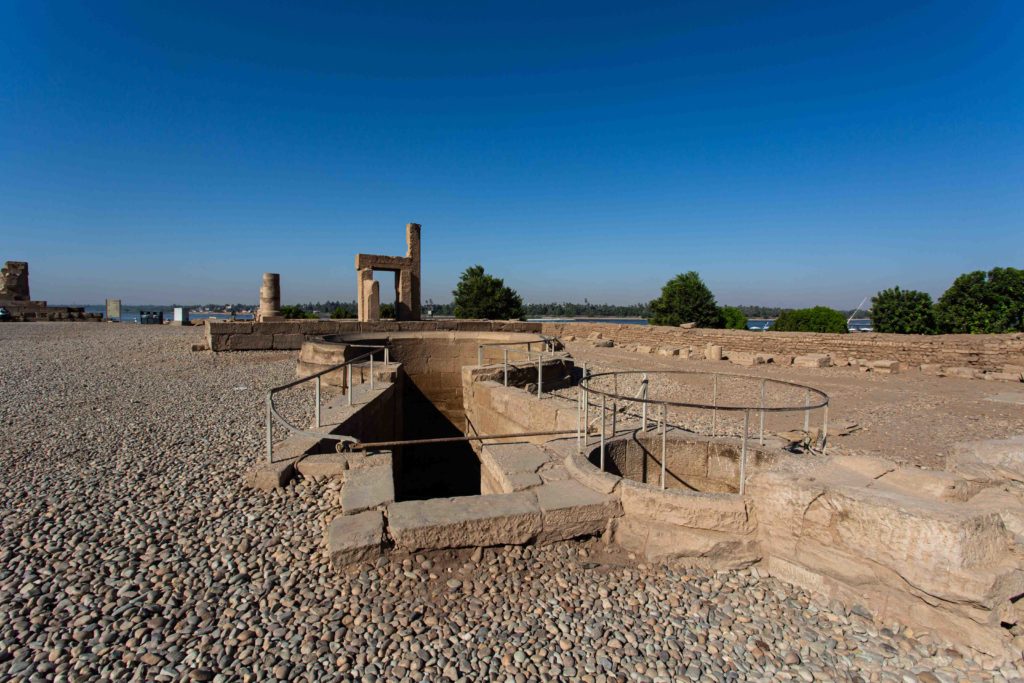
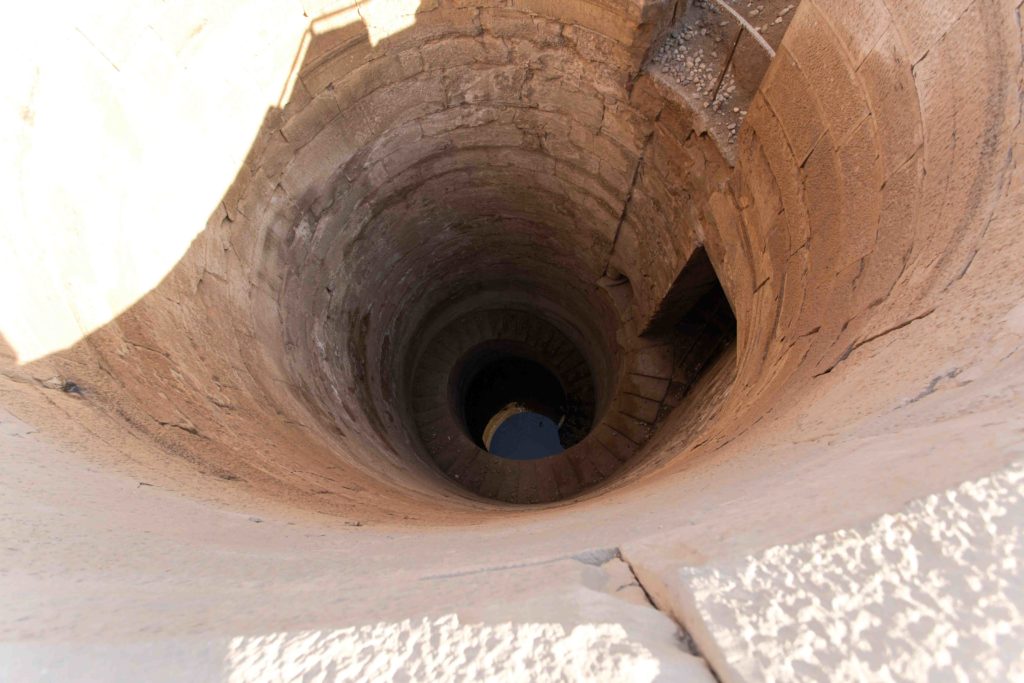
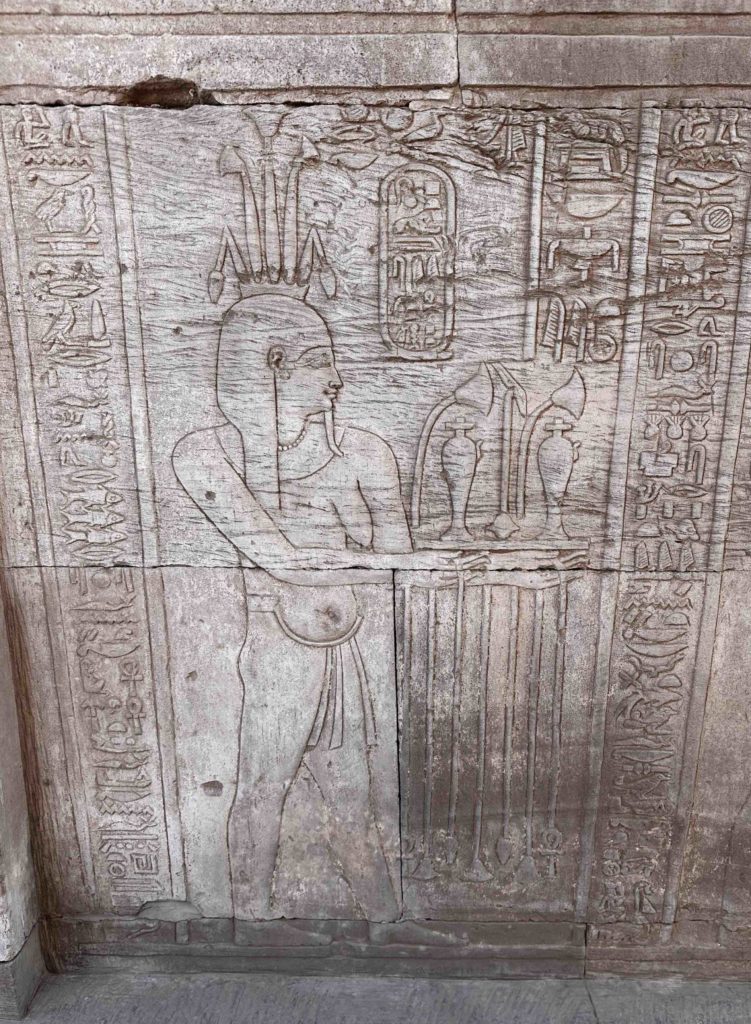
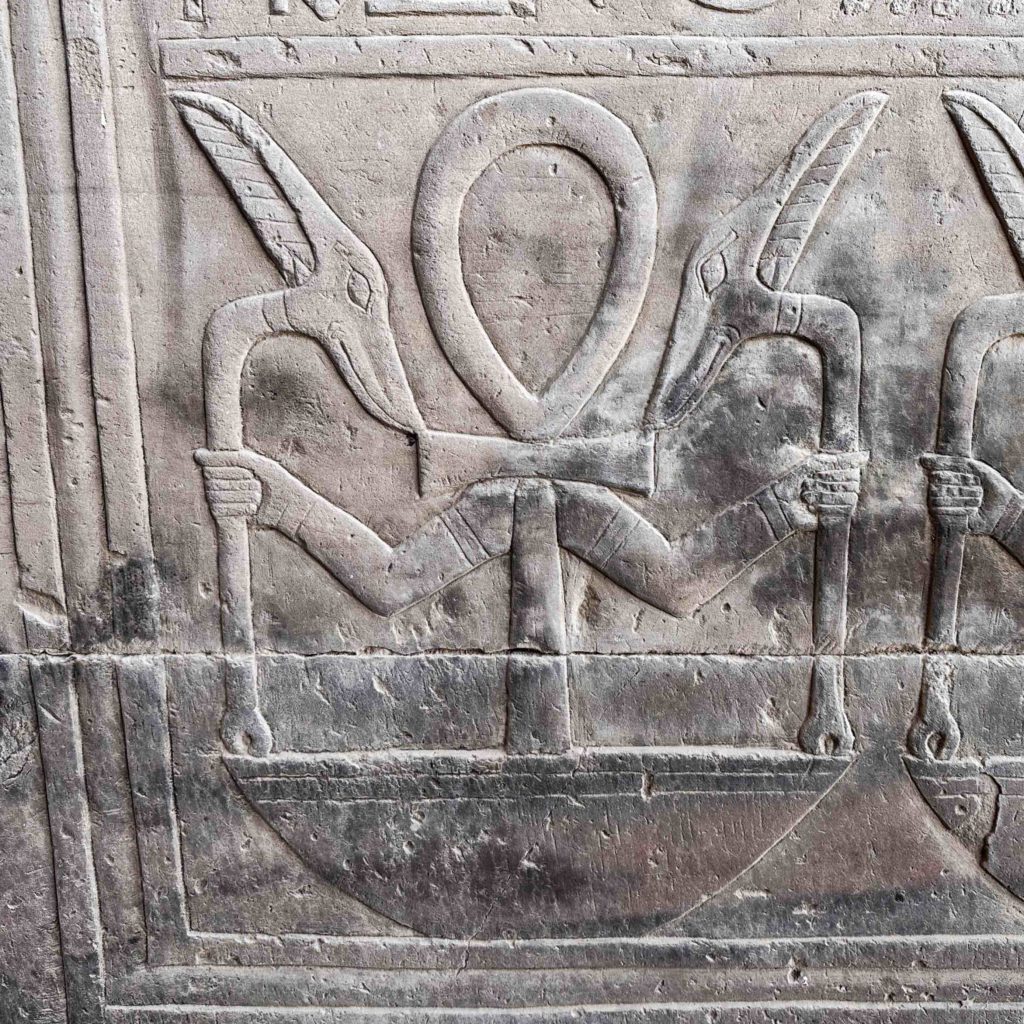
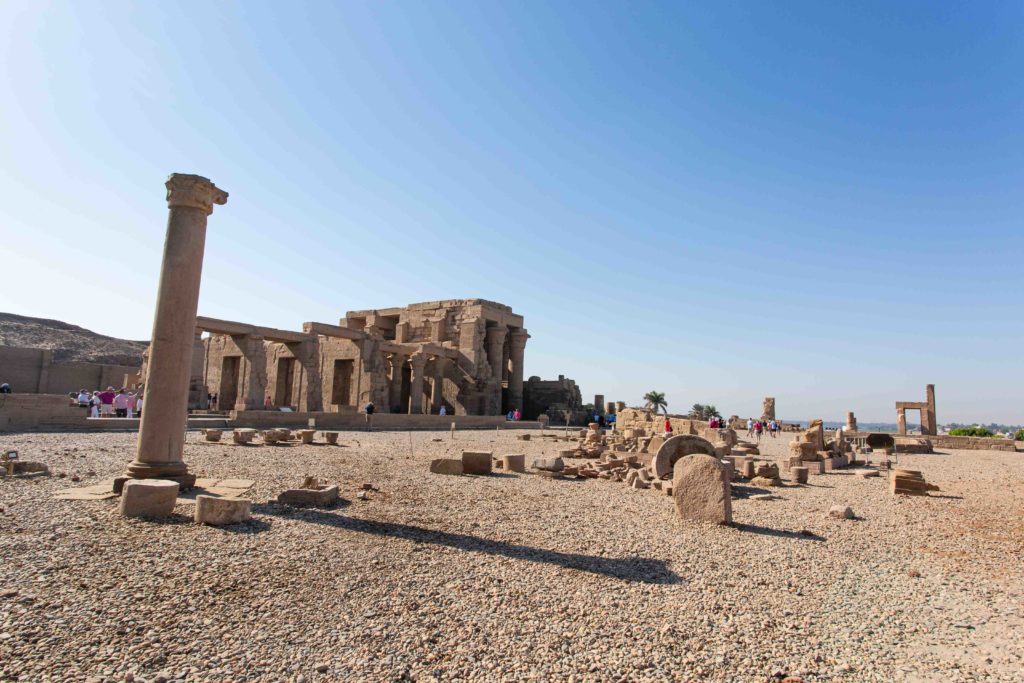
Next to the temple is a Crocodile Museum which displays mummies of Nile crocodiles. Our guide Mohamed told us while visiting the temple that in the Nile monitor cistern the priests would put bait to lure in crocodiles which they would capture and use as the physical representation of Sobek.
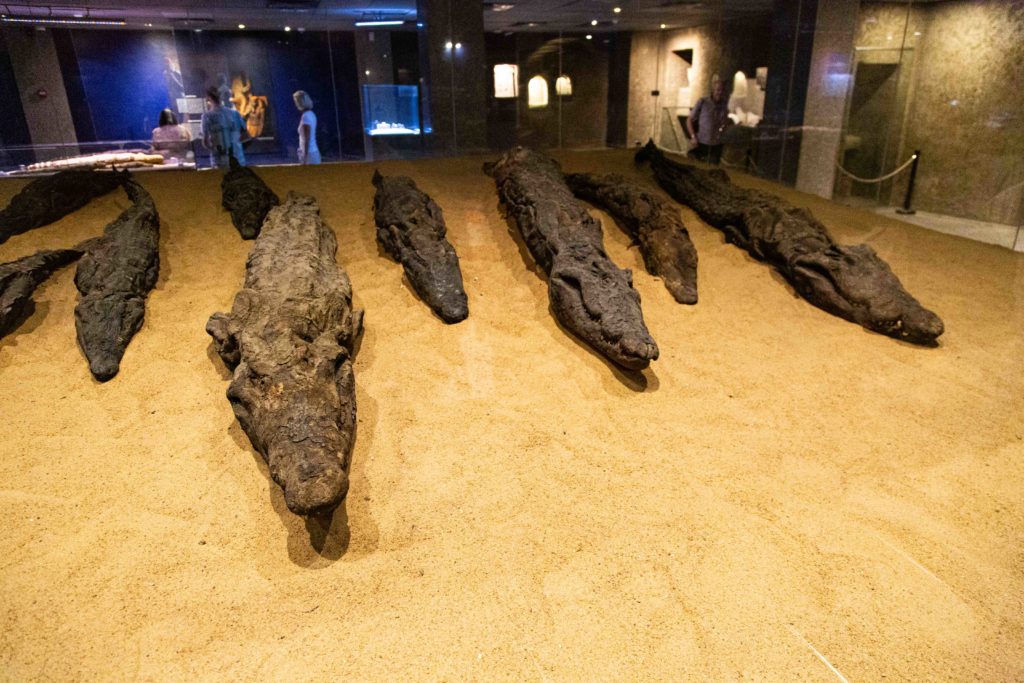
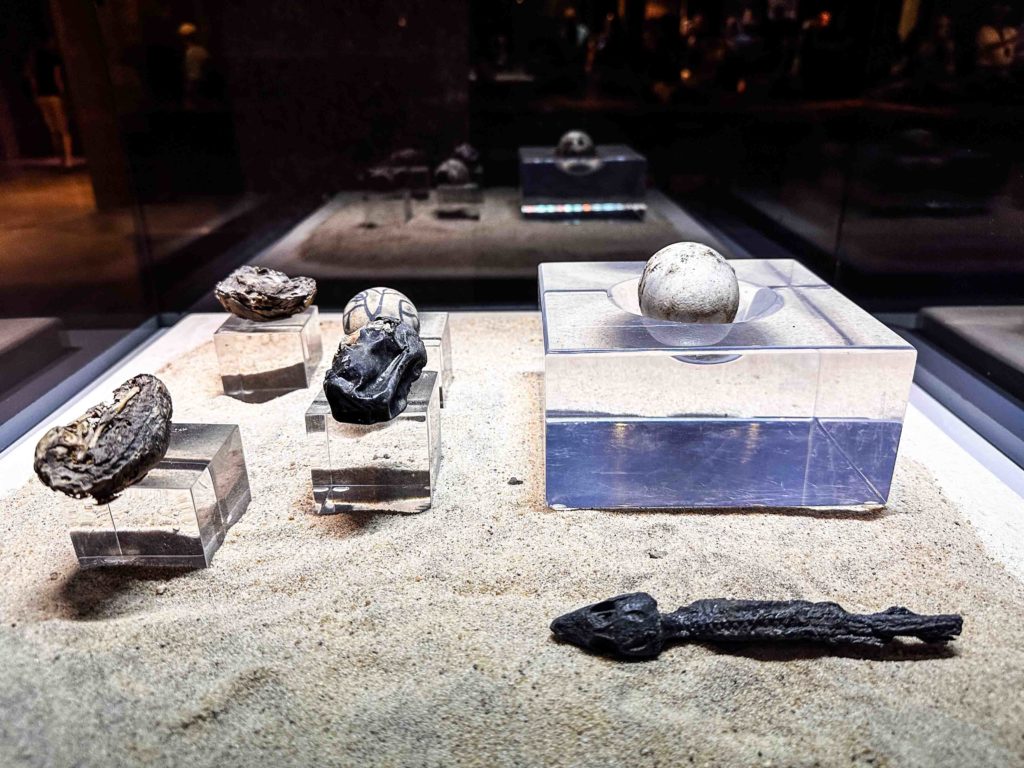
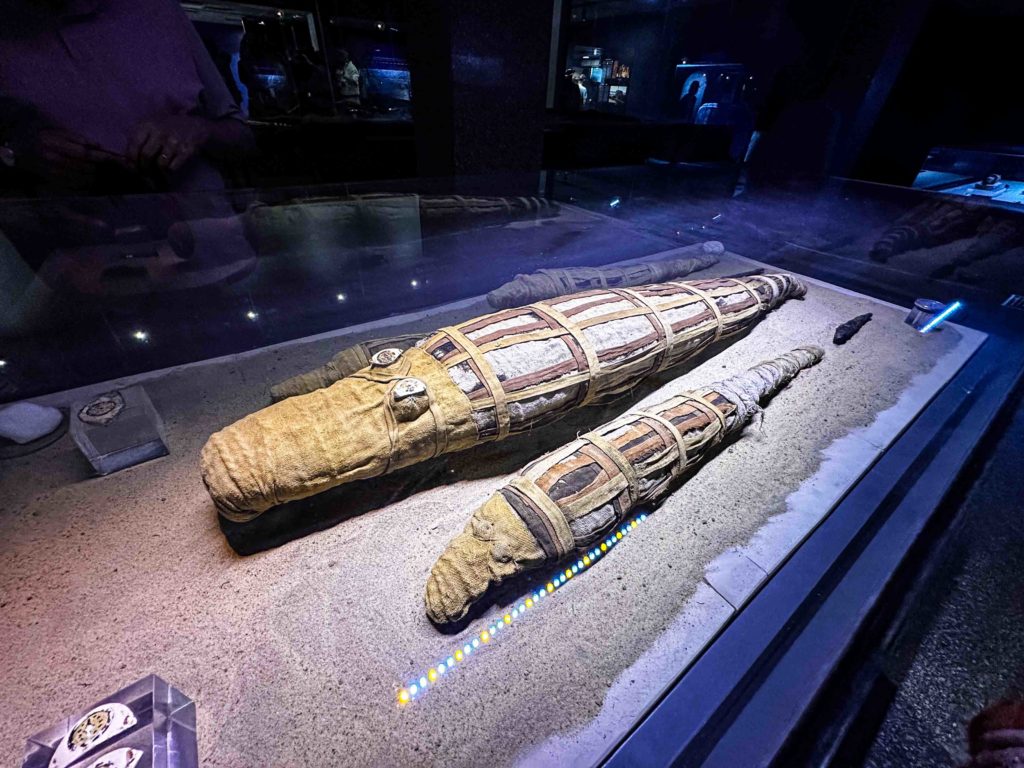

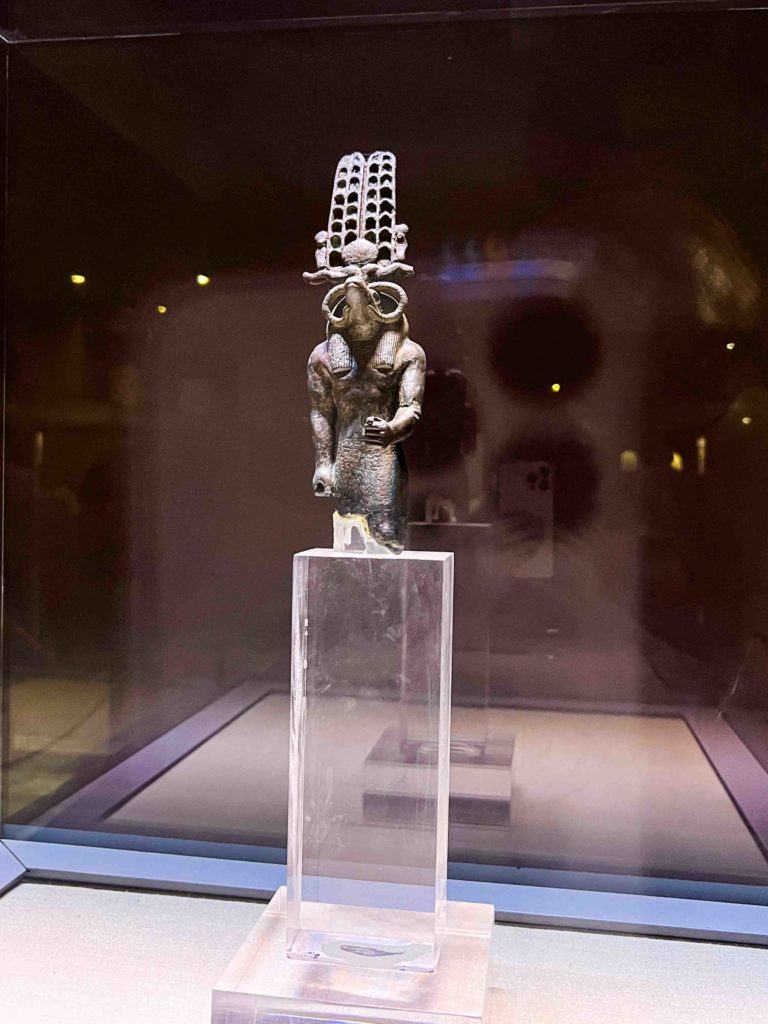
Our moving home Oberoi Zahra took us to Kom Ombo and after the tour it returned to Aswan for one last night. While there we took a very pleasant felucca ride.


